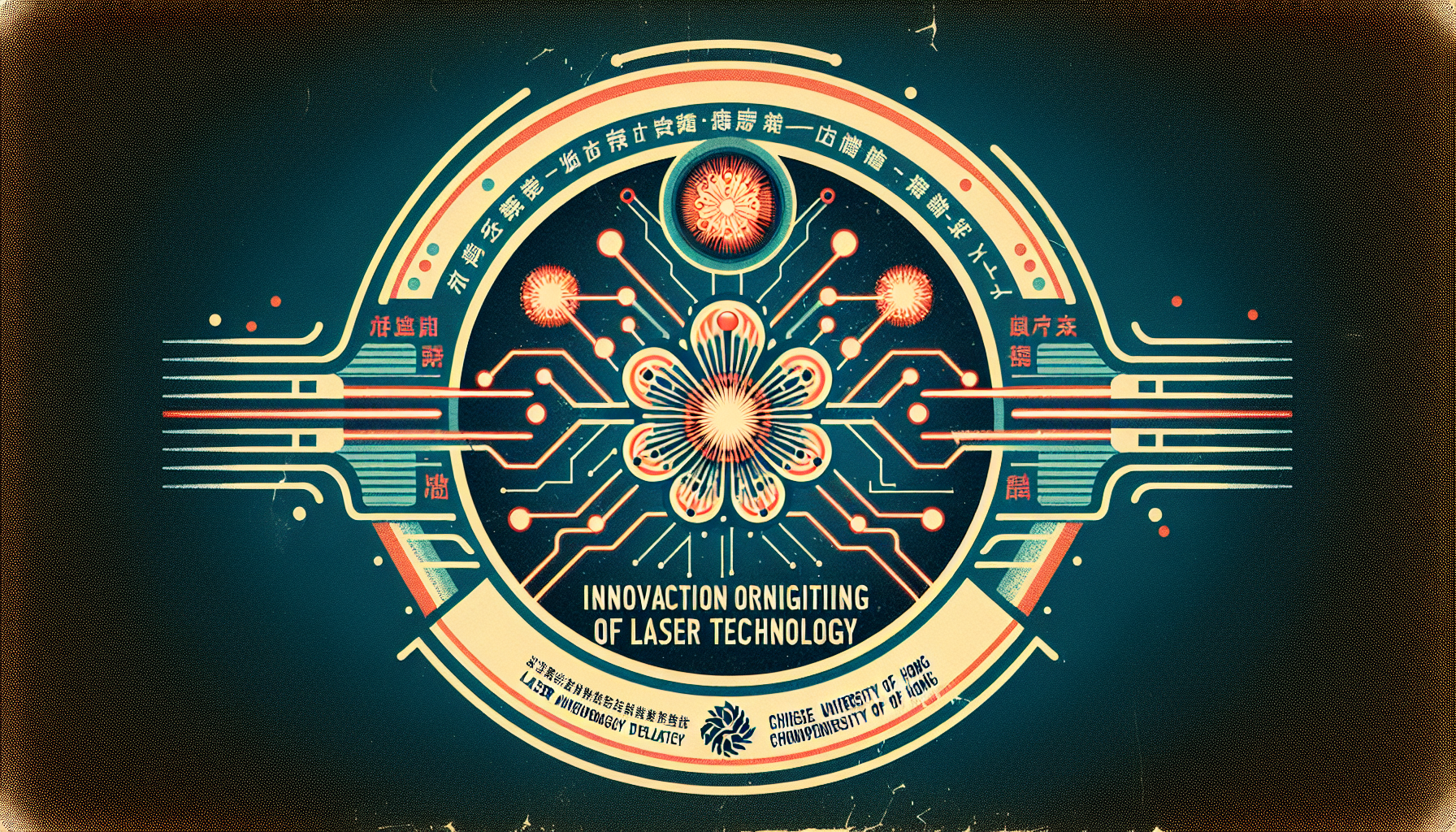In a remarkable leap forward, scientists at the Chinese University of Hong Kong, guided by Chaoran Huang, have crafted a laser-based artificial neuron that mirrors the behaviors of natural nerve cells. This innovation shines a bright light on the path toward revolutionary advancements in artificial intelligence and cutting-edge computing systems.
Astounding Speed
Dubbed the “laser graded neuron,” this novel creation boasts data processing speeds of 10 GBaud, which is about a billion times faster than the neurons found in the human body. Such mind-boggling velocity allows the neuron to handle huge quantities of information in mere instants. Imagine processing 100 million heartbeats or 34.7 million digital handwritten signatures in a single second. This is the realm of possibility now, thanks to this high-speed marvel.
Emulating Natural Neurons
Neurons in biological systems generally fall into two categories: graded and spiking. Graded neurons excel in processing subtle signals through continuous membrane potential changes, making them adept at precise data handling. Spiking neurons, meanwhile, rely on all-or-nothing pulses, resulting in a more binary communication style. The newly developed laser graded neuron mimics the intricate functions of biological graded neurons, offering speed and precision like never before.
Breaking Speed Barriers
Previously, laser-based neurons faced constraints in response speed, often leading to data loss. These hurdles were due to the method of channeling inputs into the laser’s gain section, causing significant delays. The laser graded neuron side-steps these pitfalls by injecting radio frequency signals into a special part of the quantum dot laser, ensuring not only swifter but also more efficient data processing.
Reservoir Computing Integration
The innovative neuron is now part of a sophisticated reservoir computing system. This technical setup uses a unique network, known as a reservoir, to manage time-sensitive data. The system has shown superior results in AI tasks like pattern recognition and sequence prediction, and has even identified irregular heartbeats with an impressive 98.4% accuracy.
Efficiency and Future Implications
A standout feature of the laser graded neuron is its energy efficiency. Its low power needs make it perfect for edge computing—processing data right at its source, which speeds up and smartens AI systems. Researchers envision this technology making waves in edge computing, enhancing AI’s ability to make quick, accurate decisions without consuming vast amounts of energy.
Exploring Potential
The architecture of the laser graded neuron allows it to operate akin to a tiny neural network, performing machine learning tasks without the need for complex interconnections. Scientists aim to boost its processing speed even further by linking multiple neurons together, creating deep reservoir computing structures. This ambitious strategy draws inspiration from the brain’s vast neural networks, where countless neurons collaborate, potentially unlocking new vistas in AI research and technology.
As it stands, the laser-based artificial neuron marks a pivotal advance in AI and computational technologies. Its phenomenal speed, frugal energy use, and ability to replicate natural neuron behavior position it as a potent force for evolving AI applications—particularly those demanding real-time insights and precision. With ongoing research and enhancements, this pioneering technology is set to make significant waves across various domains, from healthcare and image analysis to speech interpretation and weather forecasting.

Leave a Reply